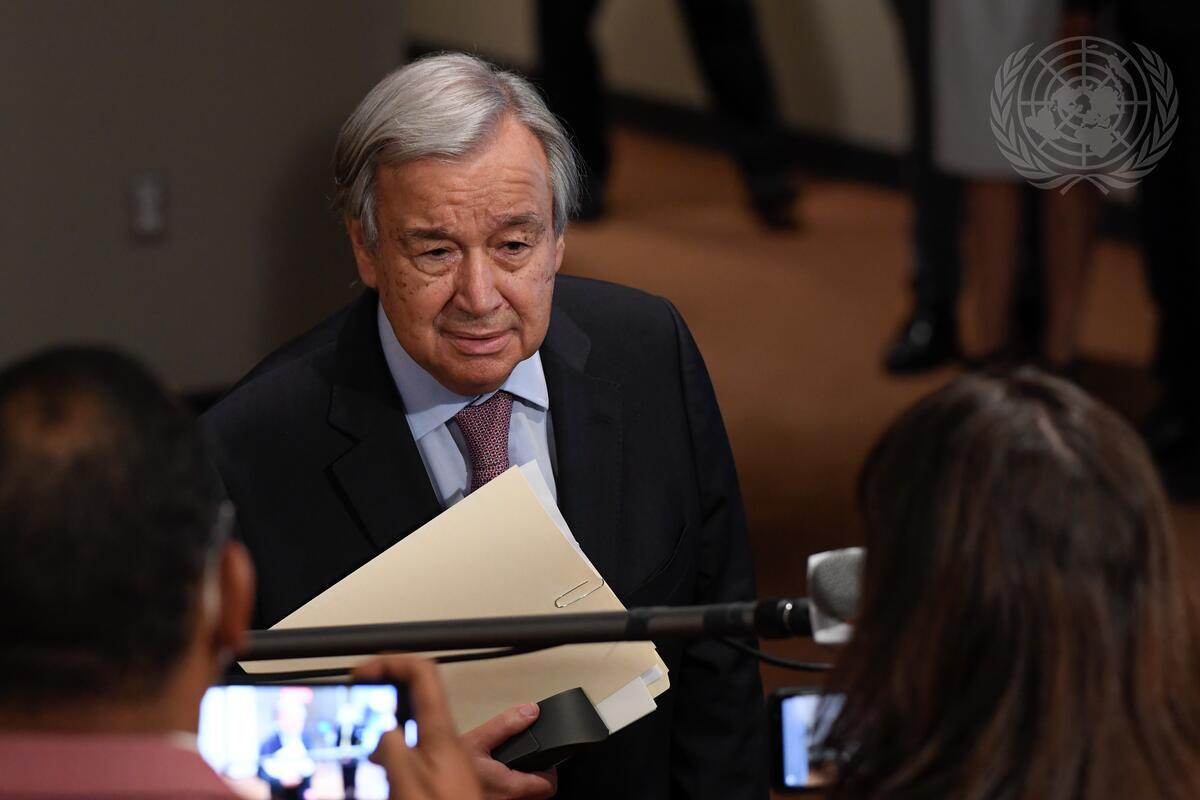KABUL - The River Kokcha flows northwards down the Hindu Kush, passing through Faizabad, and joins the Amu Darya river, the Oxus of history and legend.
On the right hand bank of the river is one of the most extraordinary historical sites in Afghanistan: the remains of an entire Greek city, known locally as Ai Khanoum (Moon Lady) and almost certainly Alexandria-on-the-Oxus mentioned in ancient sources. Along the course of his epic conquests, Alexander the Great founded cities in which he settled soldiers too old or too injured to continue in his army. It cemented the Greek presence in Alexander’s new territories.
Many did not survive. Some did – Alexandria in Egypt is still that country’s second city. But even if Alexander’s conquests did not last politically, culturally they changed the world, spreading Greek culture right across the Near East and beyond.
Those flames roaring into the night sky when Alexander (who was admittedly extremely drunk at the time) torched the Persian Emperor’s palace at Persepolis heralded the opening of the Hellenistic age, the heyday of classical civilization that gave us, to give just two examples, Gandharan art (Buddhist statues rendered in a realistic Greek style) and the fact that the New Testament was written in Greek and its theology worked out in the terms of Greek philosophy.
In Afghanistan (then known as the Persian province of Bactria) Alexander founded the Greek kingdom of Bactria that lasted 150 years, until it fell to nomad invaders from the north.
Ai Khanoum seems to have been torched by the nomads in about 150 BC, but much remained underground. The site was rediscovered by King Zahir Shah on a hunting trip in 1963 and from 1964 to 1979 was meticulously excavated by the French under one of that country’s most brilliant archaeologists, Professor Paul Bernard.
When I first visited, in August 2001, Ai Khanoum was the front line between Massoud’s forces and the Taliban. Alexander chose the settings of his cities carefully and that of Ai Khanoum is splendid and was as splendidly defensible in 2001 AD as it was in 327 BC.
To the north is the Oxus river – huge even here, one-third of its way from the High Pamirs to the dessicated wastes of the Aral Sea – and protected by a vast cliff. To the west, the city is protected by another moat, the Kokcha.
Dominating the city is the huge natural acropolis, a vast flat-topped hill. The rest of the city’s boundaries were protected by a wall and watch towers – still visible in photographs from the 1960s. As I stood there with the Taliban rockets roaring overhead, I could imagine Alexander there in 327 BC, perhaps mounted on Bucephalus, his best friend Hephaestion at his side, ordering the conversion of an existing Persian settlement into a magnificent Alexandria.
But can we be sure that Ai Khanoum is Alexandria-Oxiana? It is true that one Kineas was worshipped as the founder of the city at the heroon or hero-shrine. But Kineas is a Thessalian name and we know from Arrian that Alexander discharged his Thessalian cavalry in the Oxus valley. And as Robin Lane Fox, the famous ancient historian and author of one of the best biographies of Alexander ever written said to me robustly, “Well, if it’s not an Alexandria, what the hell is it?
We know Alexander founded a city on the Oxus and here’s a big Greek city right on the Oxus. And there’s the Thessalian connection.” Alexander, who had a soldier’s eye for defence, often sited his cities at the junction of two cities. Bagram is another example. Other scholars are more cautious, including Professor Paul Bernard, the French excavator of the city, but for me Lane Fox is good enough.
But during the civil war of the 1990s, the city was badly looted and today resembles a moonscape. Mechanical excavators were brought in to dig holes and the local commander offered me a Hellenistic gilt and glass bowl for US$ 80,000 dollars. It would have been worth several million dollars at auction. The commander was running a bazaar of looted antiquities. His customers were international, art dealers making the trip to the front line to buy priceless antiquities very, very cheap. No questions were asked by the buyers.
The French excavations tell us a lot about the city. The settlers lived a completely Greek way of life: the accuracy of their weights and measures was enforced by an agoranomos (the ‘lawyer of the market place’). Defaulters, if slaves, were whipped; Freemen got away with a fine.
You can still see the remains of a tiered Greek theatre cut into the side of the acropolis, the only Greek theatre yet to have been discovered east of Babylon. Fragments of Euripides were found. There was a palace with magnificent Corinthian columns and a few column bases with the characteristic flared Persian bases, suggesting that Ai Khanoum was a re-foundation of an existing Persian city – as Alexandrias generally were.
You can see today some of the highlights of the French discoveries: The plate of Cybele, a Greek earth-Mother goddess, whose followers castrated themselves. The plate shows a goddess in a chariot drawn by lions and a sacrifice by a priest in a Persian dress to a sun-god.
And a statue of a Greek philosopher who would have been perfectly at home in 3rd century Athens together with maxims from the shrine at Delphi inscribed by Klearkos, a philosopher who we know was (like Alexander) a pupil of Aristotle. You can see them in the Kabul Museum. They seem slightly obvious to me but the world would be a better place if they were followed today:
These wise sayings of men of former times, the words of famous men, are consecrated at Delphi, from there Klearkos copied them carefully, to set them up shining afar in the precincts of the hero-shrine of Kineas.
When a child show yourself well-behaved; when a young man, self-controlled; in middle aged, just; as an old man, a good counsellor; at the end of your life, free from sorrow.
Matthew Leeming is the co-author, with Bijan Omrani, of Afghanistan: A Companion and Guide.
Website: www.matthewleeming.com





